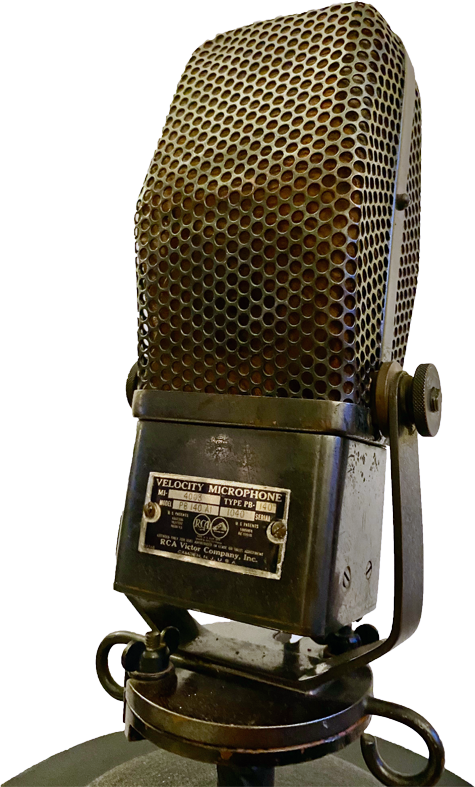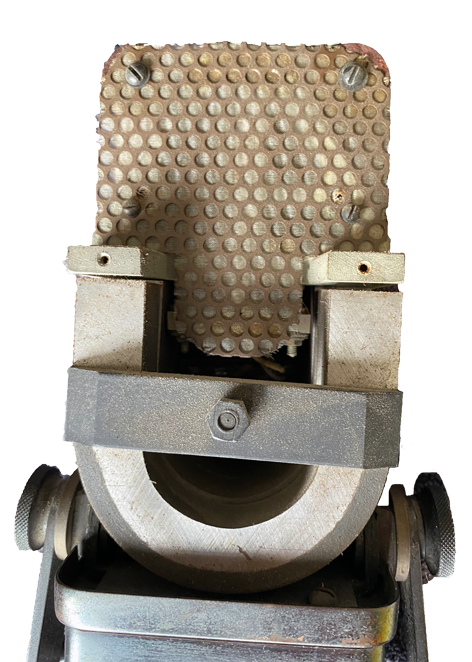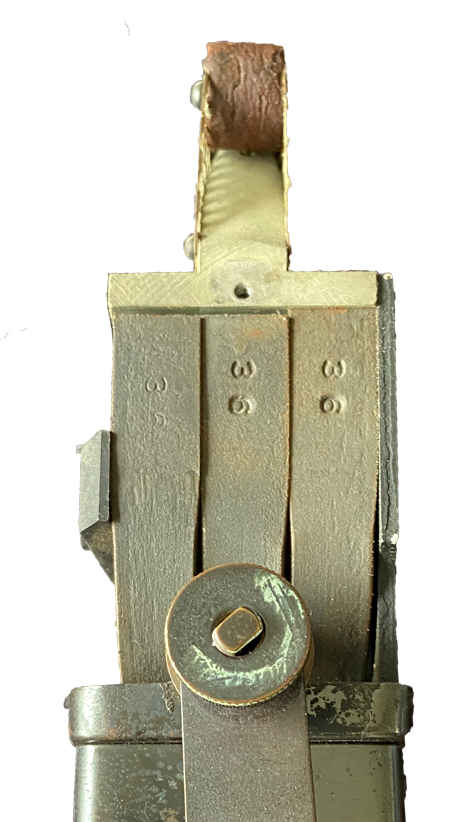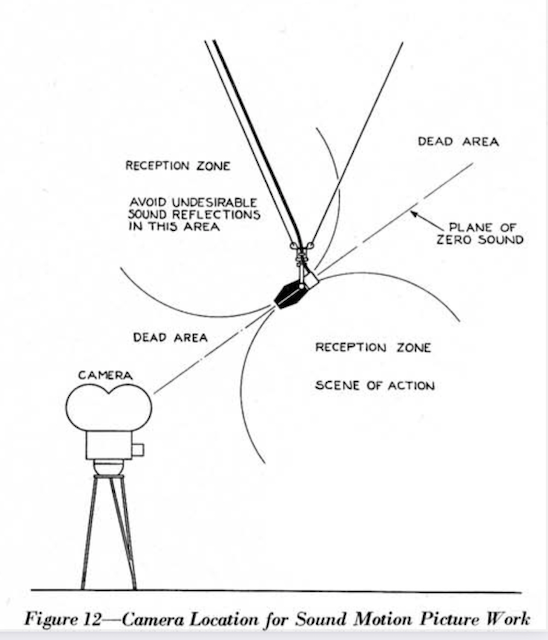|
I want to start 2023 off right by highlighting an absolute top model: the revolutionary RCA PB140 ribbon microphone, a.k.a. type RCA MI-4003, which was released in 1933.
The model differed only in color from RCA's standard model 44A; PB140s had a 'gun metal' colour, which apparently reflected less light than the regular 44As which were 'statuary bronze' in colour.
That reduced reflection was important, because the PB140s were released by the Photophone division of RCA, which supplied the film industry with equipment, the regular RCA products were intended for broadcast purposes, i.e. radio.
The sound of the microphones was warm, when singing or speaking closer than 2 meters to the microphone, the proximity effect ensured that low tones were extra amplified. That sound was described as 'the voice of God'
The PB 140/44A was RCA's second ribbon microphone model and the first with permanent magnets.
The first model, the PB31, from 1931, had an electromagnet that required a supply voltage and was therefore more complex to use, especially at a time when a stable power supply often had to come from batteries.
The sound quality of these ribbon microphones was great, with a range of 30-15,000 Hz, they delivered a top performance at the time and, due to the two-sided (figure of eight) recording pattern, they were perfectly suited for use with film: placed above, or next to whirring cameras, that sound was not registered, but everything that happened in front of the mic was picked up. If necessary, a sound-absorbing panel (at a distance of at least 1 meter) was placed at the back, to make sounds from that side also inaudible.
The microphones were usually hung above the set and aimed at the action, or attached to a long 'boom' arm, which was controlled by the soundman using levers and pulleys.
The heart of the microphone, the aluminimum ribbon, which was attached between two magnetic poles, was additionally shielded by means of perforated metal plates at the front and back.
In later versions of this model, the 44B and BX (both with stronger magnets), those plates were no longer used, because of the extra reflections of sound waves they caused. Without those plates, the sound was even more transparent. In other respects the design remained almost unchanged.
These microphones were used in film until the sixties and can still be found in many good sound studios today.
After RCA microphone production ceased in 1976, the American company AEA has been servicing RCA ribbon microphones ever since and in 1998, founder Wes Dooley released a perfect copy of the RCA 44BX: the AEA R44C. All parts of that microphone are interchangeable with the original.
The price of those AEA microphones is high, but original ones are often even more expensive when offered on the second-hand market. The beautiful replicas are also loved in the better studios.
I myself did not have to dig deep into my pockets, but my copy was certainly not cheap.
The magnets on the inside show '36', which means that this microphone dates from 1936.
Fortunately, it still sounds great and I have already been able to use it for beautiful recordings: not bad at all for a microphone that is 87 years old!
Many more types feature in my book Witnesses of Words. More information about that can be found at www.witnessesofwords.com
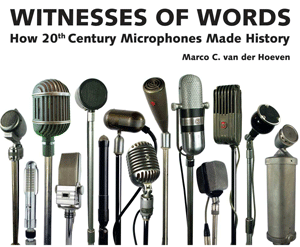
|
|
|
|
|
Top: the wonderful RCA PB140 & opened, showing magnets and screens
Below: sound, side-view of magnets with year of production, Photophone ad form 1937, RCA ad, from 1935 & mic positioning for film
|
|
|
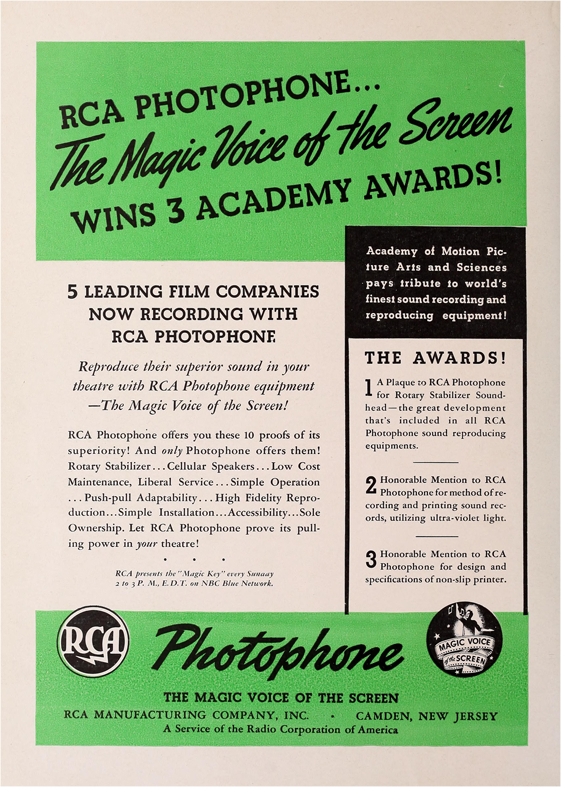 |
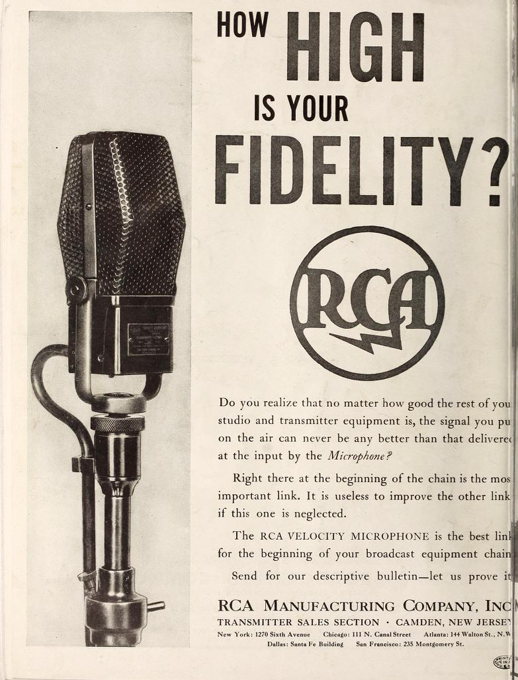 |
|
|


 Video's
Video's Contact
Contact


